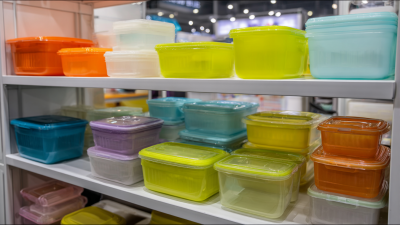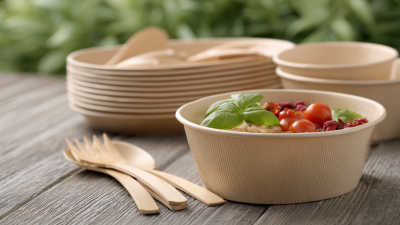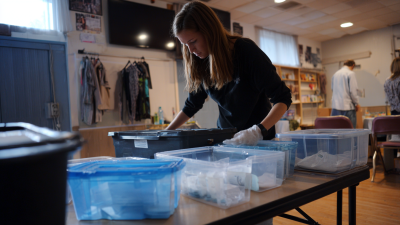In today's increasingly eco-conscious society, finding sustainable dining solutions has never been more critical. One innovative option gaining attention is the use of Bagasse Plates, which are made from the fibrous byproduct of sugarcane processing. These plates not only offer a biodegradable alternative to conventional plastic and paper products but also contribute positively to the environment by reducing waste and promoting responsible sourcing. As we strive to minimize our ecological footprint, Bagasse Plates emerge as a practical choice for both casual dining and large-scale events, providing durability and functionality while aligning with sustainable practices.
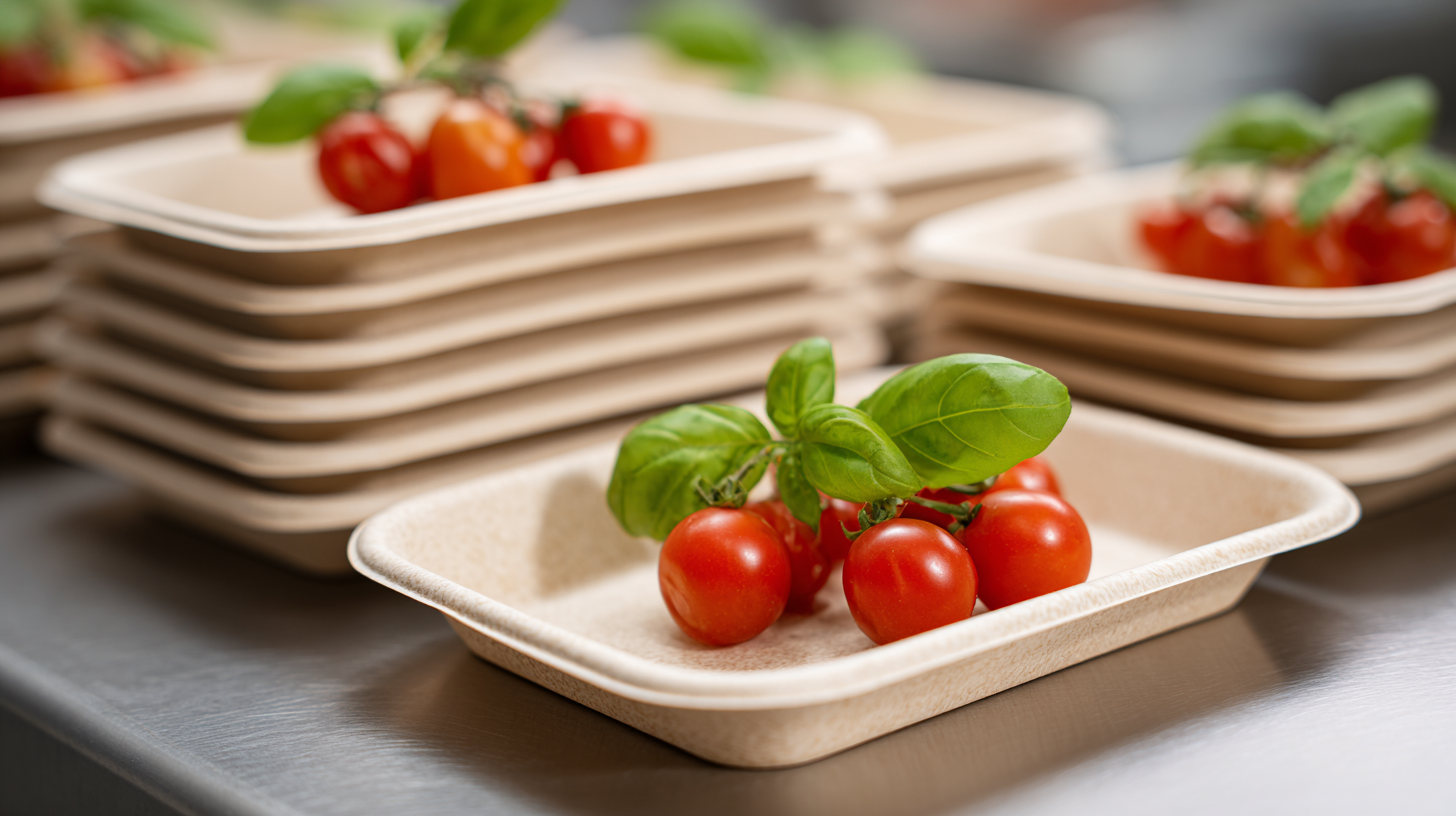
This introduction to Bagasse Plates will explore their environmental benefits, manufacturing process, and the role they play in fostering a greener future for our planet.
Bagasse, the fibrous residue left after extracting juice from sugarcane, is emerging as a pivotal material for sustainable dining solutions. Often overlooked, this byproduct transforms into environmentally friendly plates that significantly reduce waste. According to the Food and Agriculture Organization (FAO), approximately 280 million tons of sugarcane are produced annually, generating substantial volumes of bagasse. Instead of being discarded, utilizing bagasse for disposable tableware not only promotes waste valorization but also conserves resources needed for traditional paper and plastic production.
Research indicates that bagasse plates are biodegradable and compostable, taking merely 90-180 days to decompose in natural conditions, compared to the hundreds of years required for plastic. A comprehensive report by the Biodegradable Products Institute states that such eco-friendly alternatives can significantly minimize landfill contributions, with single-use plastics accounting for about 40% of total plastic waste. The use of bagasse in dining not only supports a circular economy but also aligns with the core principles of sustainable development, making it a viable option for restaurants and catering services aiming to reduce their environmental footprint.
| Feature | Description | Environmental Impact |
|---|---|---|
| Biodegradability | Bagasse plates decompose naturally within 90-180 days. | Reduces landfill waste and pollution. |
| Sourcing | Made from sugarcane by-products, a renewable resource. | Supports sustainable agriculture and reduces deforestation. |
| Energy Efficiency | Manufacturing requires less energy compared to plastic. | Lower carbon footprint during production. |
| Compostable | Can be composted to enrich soil after use. | Promotes healthy soil and reduces synthetic fertilizer use. |
| Water Resistance | Resistant to moisture and can hold both hot and cold foods. | Makes it a versatile alternative, reducing reliance on plastic. |
The environmental impact of traditional disposable plates, often made from plastic or Styrofoam, is significant and troubling. According to a report by the Ellen MacArthur Foundation, approximately 78 million tons of plastic packaging are produced each year, with only 14% being recycled. This leads to the accumulation of waste in landfills and oceans, where these materials can take centuries to decompose, releasing harmful pollutants into the ecosystem. Traditional plates can take up to 1,000 years to break down, exacerbating pollution and harming wildlife.
In contrast, bagasse plates offer a sustainable alternative that minimizes ecological harm. Made from the sugarcane byproduct of juice extraction, bagasse is biodegradable and compostable, breaking down within 60 to 90 days under proper conditions. A study by the Food Packaging Forum found that using bagasse instead of plastic can reduce greenhouse gas emissions by as much as 60%. Furthermore, the production of bagasse plates consumes less water and energy compared to traditional plastic manufacturing, making them a more environmentally friendly option for consumers seeking sustainable dining solutions. As awareness of these benefits grows, many restaurants and catering services are increasingly adopting bagasse plates in their operations, significantly reducing their environmental footprint.
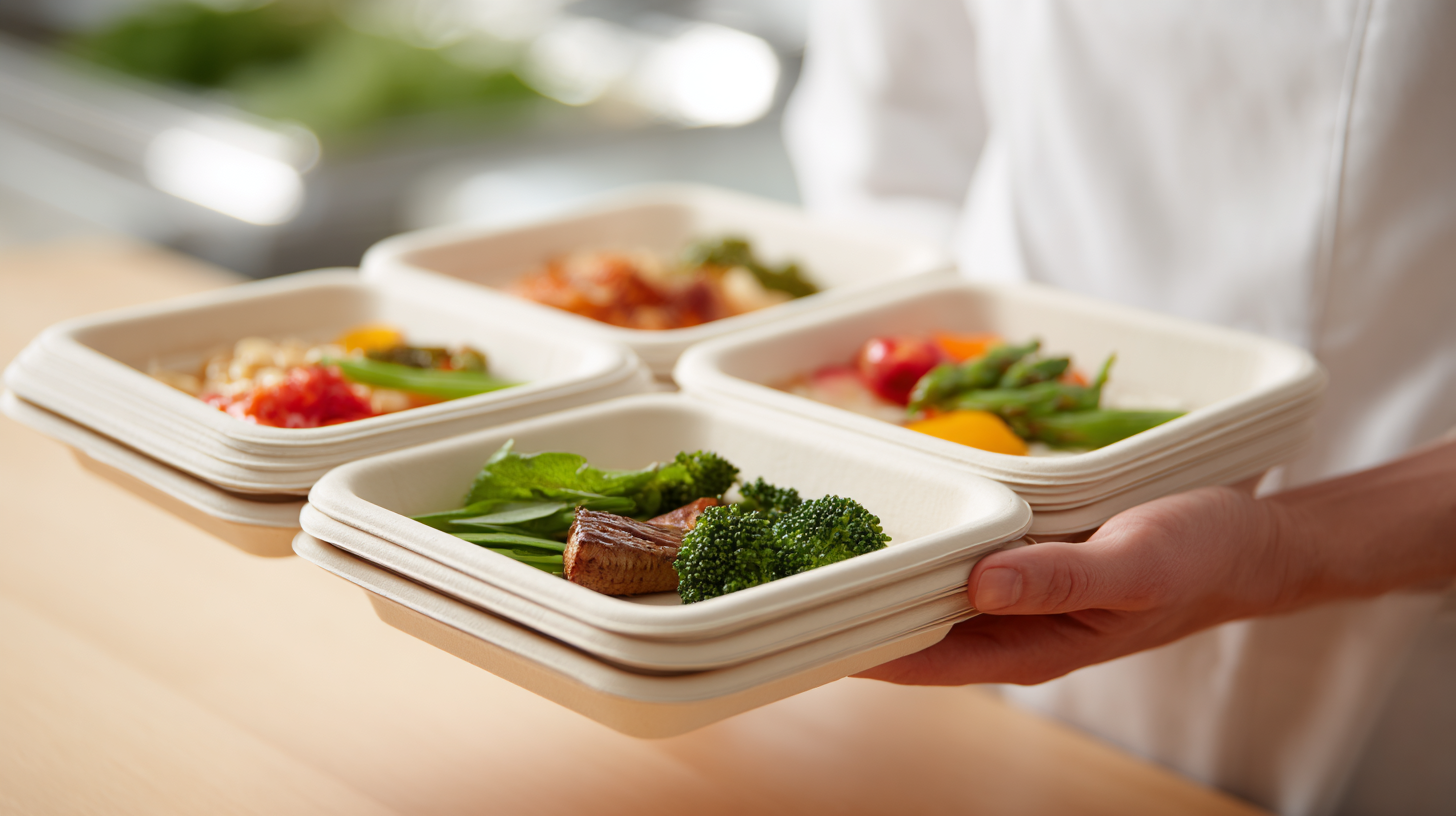
Bagasse plates, made from the fibrous byproduct of sugarcane processing, are rapidly emerging as a sustainable alternative in the food service industry. According to a report by Grand View Research, the global disposable tableware market is expected to reach USD 28.57 billion by 2025, with eco-friendly materials like bagasse gaining significant traction among environmentally conscious consumers. These plates not only biodegrade within 90 to 120 days but also leave a minimal carbon footprint compared to traditional plastic or Styrofoam products.
Additionally, the production of bagasse plates contributes to the circular economy. The sugarcane industry generates millions of tons of bagasse annually, which, when converted into disposable dinnerware, reduces waste and maximizes resource utilization. Research published by the Environmental Protection Agency shows that more than 30% of landfills are filled with plastics. By choosing bagasse over conventional materials, restaurants and caterers can significantly diminish their environmental impact while appealing to a growing demographic that prioritizes sustainability in their dining choices.
The shift towards sustainable dining solutions has brought bagasse plates into the spotlight, not just for their functionality, but for their significant role in waste reduction and composting efforts. Bagasse, the fibrous byproduct of sugarcane processing, is a renewable resource that is transformed into biodegradable plates, providing an eco-friendly alternative to traditional plastic or polystyrene products. By choosing bagasse plates, consumers actively participate in reducing landfill waste, as these plates decompose naturally in a composting environment, minimizing the environmental footprint of food service operations.
Furthermore, bagasse plates help to inspire better waste management practices within the culinary industry. With composting becoming an increasingly popular practice, the use of bagasse plates aligns with compostable waste streams, making it easier for restaurants and consumers to dispose of their dining waste responsibly. When these plates are composted alongside organic waste, they contribute essential organic matter that enhances soil quality and promotes sustainability in agriculture. This symbiotic relationship between biodegradable tableware and composting initiatives highlights a proactive approach to environmental stewardship, fostering a culture of sustainability in both commercial and personal dining settings.
Choosing bagasse plates for your dining experience can significantly enhance sustainability while minimizing environmental impact. Bagasse, a byproduct of sugarcane processing, is a renewable resource that decomposes much faster than traditional plastic plates, making it an excellent alternative for eco-conscious diners. According to the United Nations Environment Programme, approximately 12 billion tonnes of plastic are expected to clutter landfills and oceans by 2050. By opting for bagasse plates, you contribute to reducing this plastic footprint and promoting a healthier planet.
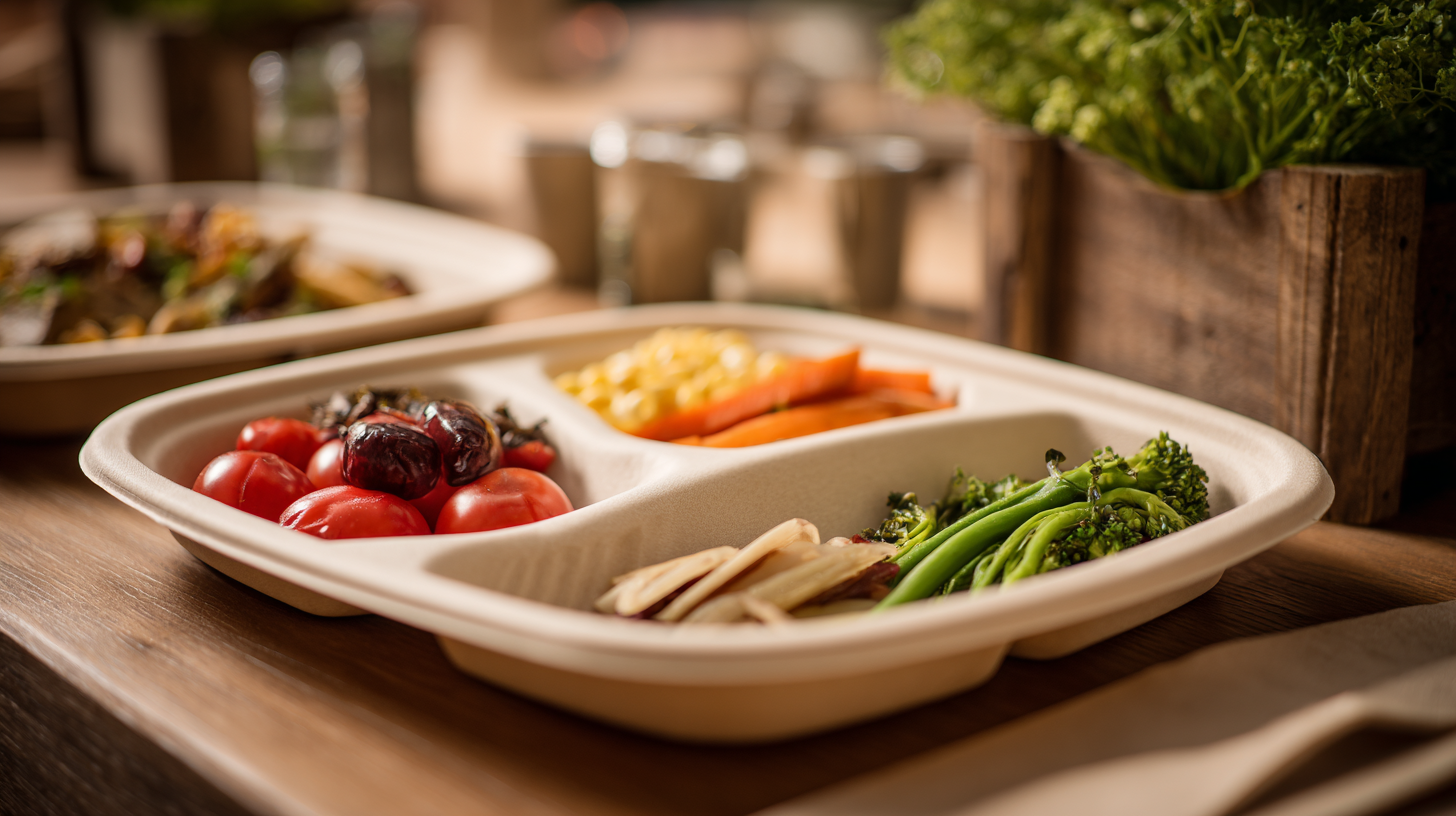
When selecting bagasse plates, it’s essential to consider their design and usability. Opt for plates that are both sturdy and compostable, ensuring they hold up during meals yet maintain their environmental integrity. Many brands are now providing products that not only meet eco-friendly criteria but also come in various sizes suitable for different meal types, from appetizers to main courses. Additionally, check for certifications that confirm they are free from harmful contaminants, as recent studies have highlighted concerns over certain disposable products containing hazardous chemicals. With the increasing demand for sustainable dining solutions, making informed choices about your disposable tableware can play a pivotal role in the shift towards greener living.


